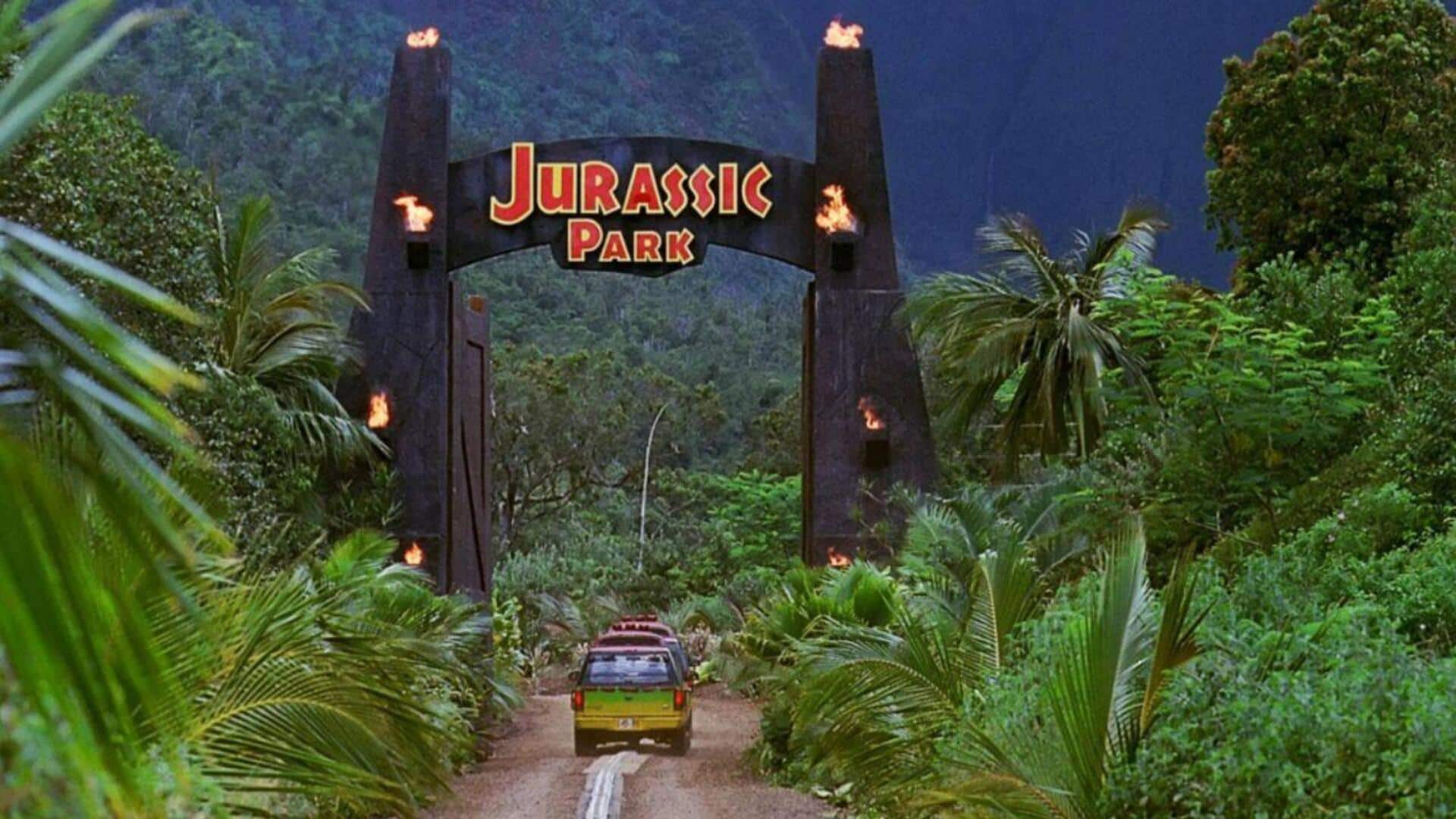
5 dinosaur myths in 'Jurassic Park' you probably believe
What's the story
Jurassic Park, the iconic film series, has given us a thrilling peek into the world of dinosaurs. However, the portrayal of these ancient creatures is often more fiction than fact. While the movies are entertaining, they don't always get the behavior and characteristics of dinosaurs right. Here's taking a look at some common misconceptions about dinosaur behavior in Jurassic Park, and what the real-life evidence says.
#1
Dinosaurs were not all aggressive
The Jurassic Park series often depicts dinosaurs as highly aggressive and predatory. However, paleontologists say that not all dinosaurs were aggressive hunters. Many species were herbivores, feeding on plants and living in herds for protection. For example, Triceratops used its horns for defense against predators rather than aggression. This misconception overshadows the diversity of dinosaur behaviors and lifestyles.
#2
Social structures in dinosaurs
In Jurassic Park, we see some dinosaurs displaying complex social behaviors similar to modern-day animals. While some evidence suggests certain species may have had social structures, such as pack behavior in some theropods, these behaviors were likely very different from those of contemporary animals. Dinosaurs like Stegosaurus probably lived solitary lives or in small groups, unlike the complex social systems seen in mammals today.
#3
Misleading size portrayals
The size of dinosaurs in Jurassic Park is often exaggerated for dramatic effect. While some dinosaurs were indeed massive, like Brachiosaurus or Tyrannosaurus rex, many were much smaller than depicted on screen. For instance, Velociraptor was about the size of a modern-day turkey rather than a human. Accurate size representations help understand these creatures' true scale and ecological roles.
#4
Feathered dinosaurs: A missing element
Jurassic Park has mostly ignored the evidence that many dinosaur species had feathers or feather-like structures. Fossil discoveries have shown that theropods like Velociraptor had feathers for insulation or display purposes. Ignoring this aspect of their appearance gives an incomplete picture of how these creatures looked and behaved in their natural habitats.
#5
Diverse diets beyond carnivory
The portrayal of dinosaurs as primarily carnivorous creatures in Jurassic Park overlooks the diverse diets many species had. Some dinosaurs were omnivores, eating both plants and small animals, while others were strict herbivores with specialized teeth for grinding leaves. Understanding these dietary adaptations helps paint a fuller picture of dinosaur ecosystems and their roles within them.